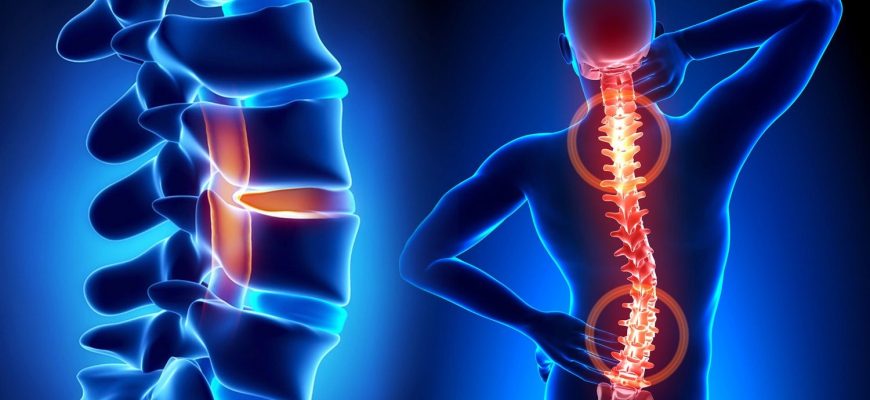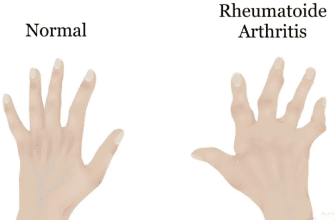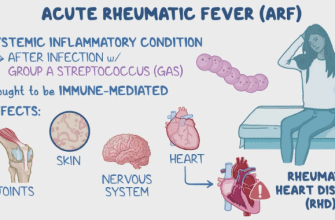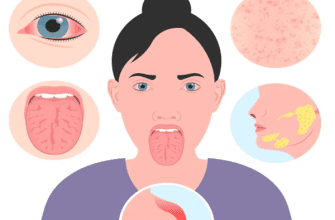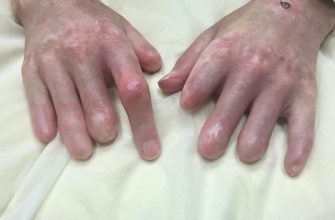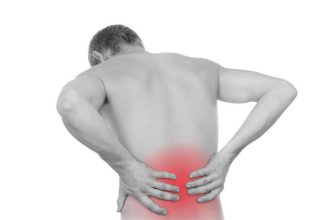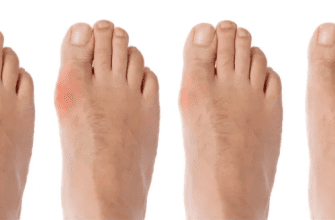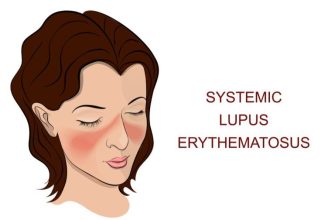Osteochondrosis of the Spine: A Comprehensive Guide
What is Osteochondrosis?
Osteochondrosis, in the context of the spine, refers to a degenerative condition that affects the intervertebral discs and the adjacent vertebral bodies. It is a process of wear and tear where the discs—the cushion-like pads between the vertebrae—lose hydration, elasticity, and height over time. This degeneration can lead to pain and other neurological symptoms as it impacts the surrounding nerves, joints, and tissues.
It is essentially synonymous with Degenerative Disc Disease (DDD) or is a key component of spinal osteoarthritis. This process is a natural part of aging but can be accelerated by injury, overuse, or genetic factors.
Types of Spinal Osteochondrosis
Osteochondrosis is typically classified by the region of the spine it affects:
- Cervical Osteochondrosis: Degeneration in the neck vertebrae (C1-C7). This is very common and can cause neck pain, headaches, and radiating pain, numbness, or weakness into the shoulders and arms.
- Thoracic Osteochondrosis: Degeneration in the mid-back vertebrae (T1-T12). This is less common due to the relative rigidity of the thoracic spine, but when it occurs, it can cause mid-back pain that is often mistaken for cardiac or gastrointestinal issues.
- Lumbar Osteochondrosis: Degeneration in the lower back vertebrae (L1-L5). This is the most common type due to the high degree of motion and load-bearing in the lower back. It causes low back pain (lumbago) and can lead to sciatica if nerves are compressed.
Symptoms
Symptoms vary greatly depending on the location and severity of the degeneration. Some people have significant degeneration on imaging with no symptoms, while others with minor changes experience severe pain.
- Localized pain: Aching, stiffening pain in the affected part of the spine (neck, mid-back, or low-back).
- Referred pain: Pain that radiates to other areas (e.g., from the low back into the buttocks or thighs).
- Radicular pain: Sharp, shooting pain, numbness, or tingling that radiates along the path of a compressed nerve (e.g., sciatica down the leg or radiculopathy down the arm).
- Muscle weakness: Weakness in the arms or legs.
- Loss of flexibility: Reduced range of motion in the spine.
- In severe cervical cases: Dizziness, vertigo, or even blurred vision (though these are less common and require careful diagnosis to rule out other causes).
Diagnosis
Diagnosis involves a multi-step process:
- Medical History and Physical Exam: A doctor will discuss your symptoms, lifestyle, and medical history. They will check for pain, range of motion, muscle strength, reflexes, and any signs of nerve compression.
- Imaging Tests:
- X-rays: Can show loss of disc height, bone spurs (osteophytes), and instability but do not show soft tissues like discs or nerves well.
- Magnetic Resonance Imaging (MRI): The gold standard for viewing soft tissue degeneration. An MRI can reveal the state of the intervertebral discs, nerve roots, and spinal cord, showing exactly where compression is occurring.
- Computed Tomography (CT) Scan: Provides detailed cross-sectional images of the bone structures.
- Nerve Tests: Electromyography (EMG) or nerve conduction studies may be used to determine the extent and location of nerve damage.
Prevention
While some degeneration is inevitable, you can slow its progression and prevent symptoms:
- Maintain a Healthy Weight: Reduces mechanical stress on the spine.
- Exercise Regularly: Focus on core strengthening (abdominals, back muscles) to provide better support for the spine. Flexibility exercises are also key.
- Practice Proper Posture: Whether sitting at a desk, standing, or lifting heavy objects.
- Avoid Smoking: Nicotine restricts blood flow to the discs, accelerating degeneration.
- Use Ergonomic Furniture: Supportive chairs and properly positioned workstations.
Treatment
Treatment is almost always non-surgical first:
- Conservative Management:
- Physical Therapy (PT): The cornerstone of treatment. PT focuses on strengthening core muscles, improving flexibility, and correcting posture.
- Medication: Over-the-counter NSAIDs (e.g., ibuprofen, naproxen) for pain and inflammation. For more severe pain, doctors may prescribe muscle relaxants or short-course stronger pain medications.
- Lifestyle Modifications: Activity modification to avoid movements that trigger pain.
- Steroid Injections: Epidural steroid injections or nerve blocks can deliver powerful anti-inflammatory medicine directly to the affected area to reduce pain and inflammation.
Types of Surgery
Surgery is considered only when conservative treatments fail over a significant period (usually several months) and there is severe, debilitating pain or progressive neurological deficits like muscle weakness.
- Discectomy: Removal of a portion of a herniated disc that is pressing on a nerve root.
- Laminectomy: Removal of the lamina (part of the vertebral bone) to create more space for the nerves and relieve compression, often used for spinal stenosis.
- Spinal Fusion: Permanently connecting two or more vertebrae together with bone grafts and hardware (rods, screws) to stop painful motion. This is a major surgery that reduces flexibility.
- Artificial Disc Replacement (ADR): A newer procedure where the damaged disc is removed and replaced with an artificial device. It aims to preserve more natural motion than spinal fusion. It is most commonly used in the cervical spine.
Prognosis
The prognosis for most people with spinal osteochondrosis is very good. The vast majority manage their symptoms effectively with non-surgical treatments and lifestyle changes. It is a chronic condition to be managed, not an acute illness to be cured. Surgery can provide significant relief for those who need it, but it comes with the standard risks of any major operation and requires a diligent recovery process.
Warning Signs & When to Consult a Doctor
See a doctor if your back or neck pain:
- Is severe and does not improve with rest after a few days.
- Radiates down your arm or leg.
- Is accompanied by numbness, tingling, or weakness in your limbs.
- Is associated with loss of bowel or bladder control (this is a medical emergency—seek immediate care, as it could indicate Cauda Equina Syndrome).
- Follows a significant injury, such as a car accident or a fall.
- Is accompanied by unexplained weight loss, fever, or chills (could indicate a more serious systemic illness).
